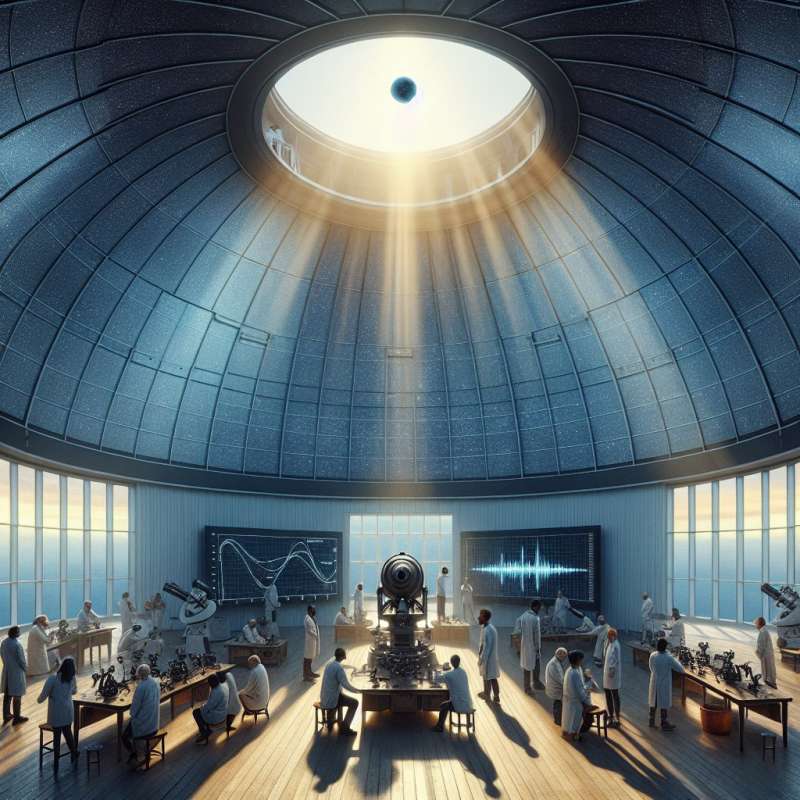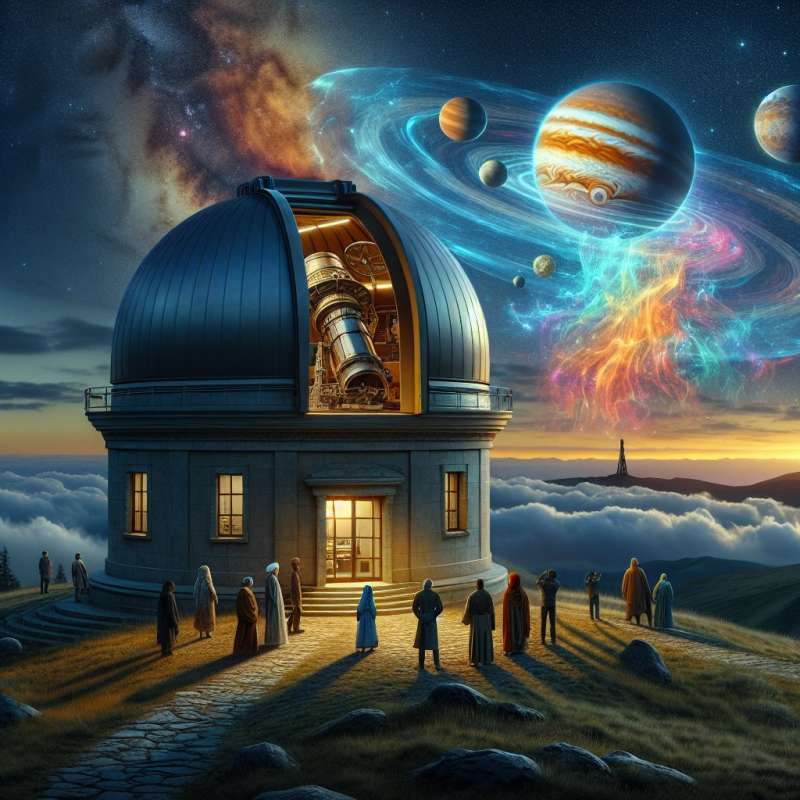
Exoplanets: A Brief Introduction
Exoplanets, planets outside our solar system, orbit stars far beyond the Sun. The first confirmed discovery was in 1992. Thousands have been found since, with diverse sizes, compositions, and orbits, vastly expanding our understanding of planetary systems.
Detection Techniques Explained
Several methods detect exoplanets. The transit method observes stars' brightness dips when a planet crosses in front. Radial velocity measures star wobbles due to gravitational pulls. Direct imaging and gravitational microlensing also reveal these distant worlds, but are less common due to their technical complexity.
Habitable Zones Identified
The habitable zone is the range from a star where liquid water could exist on a planet's surface. Not all exoplanets in this zone are habitable, as atmospheres and other factors play crucial roles. Discovering Earth-like conditions remains a significant challenge.
Atmospheric Clues to Life
Exoplanet atmospheres hold secrets to potential life. By analyzing light spectra as a planet transits its star, scientists detect gases like oxygen and methane, which may indicate biological processes. The James Webb Space Telescope is poised to revolutionize this research.
Kepler's Exoplanet Legacy
NASA's Kepler telescope, operational from 2009 to 2018, was a game-changer. It confirmed over 2,600 exoplanets using the transit method. Kepler's data revealed that small, rocky planets like Earth are common in the galaxy, hinting at the potential for widespread life.
Exotic Worlds Unveiled
Surprisingly, some exoplanets defy our understanding of planet formation. 'Hot Jupiters,' gas giants orbiting perilously close to their stars, and 'Rogue Planets,' wandering through space without a star, challenge traditional models and suggest a cosmos more varied than imagined.
Future Missions and Hopes
Future missions, such as the ARIEL space telescope, aim to survey the atmospheres of hundreds of exoplanets. As technology advances, we inch closer to answering the age-old question: Are we alone in the universe?
When was the first exoplanet confirmed?
1989 discovery
1992 confirmed
2001 detection
Company